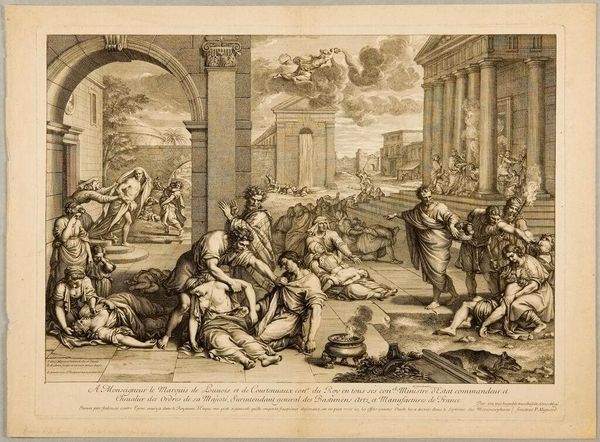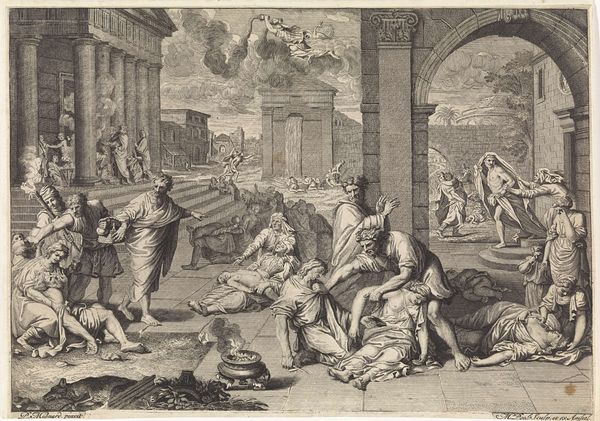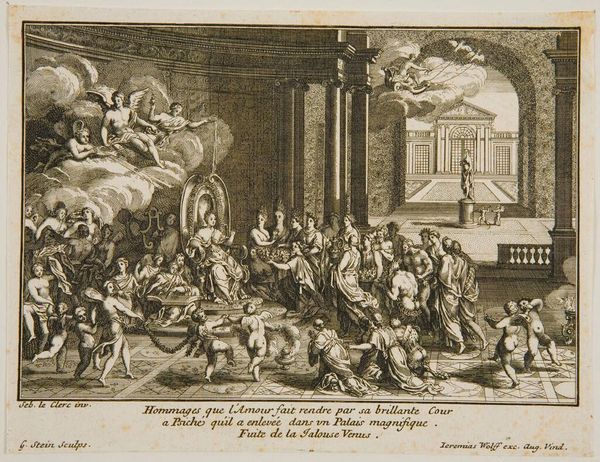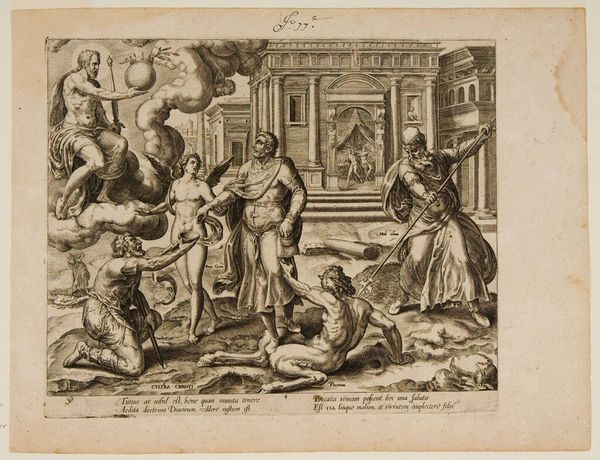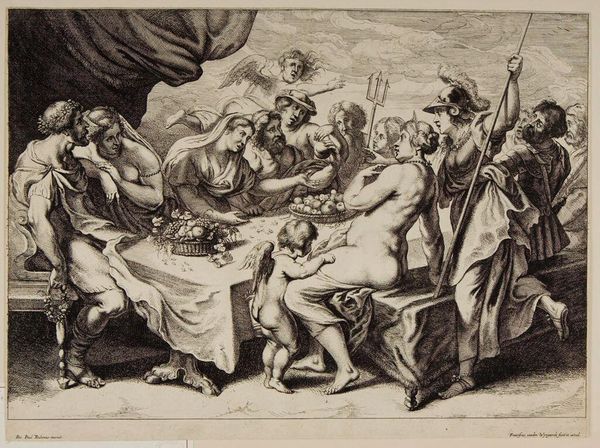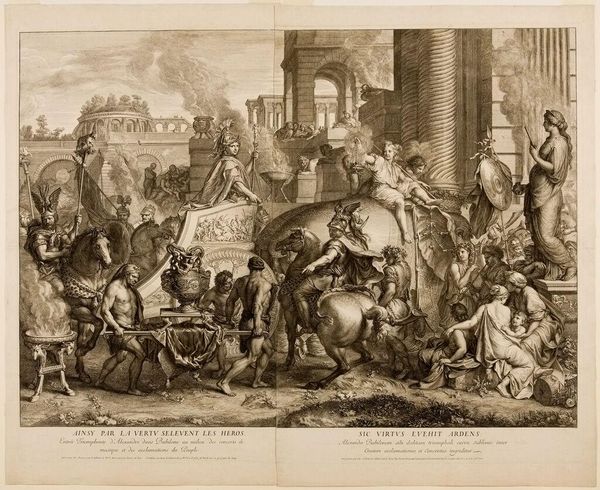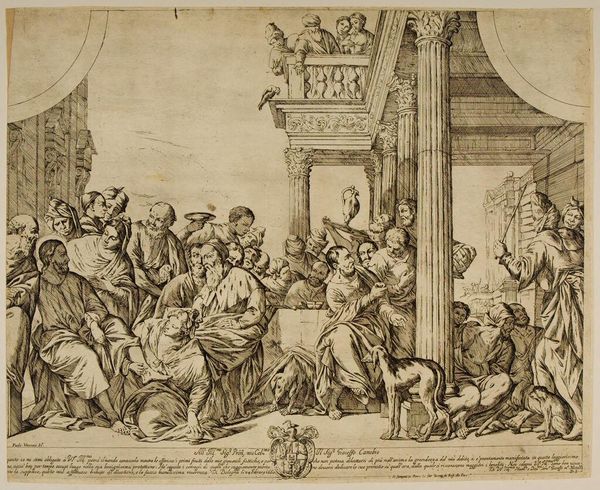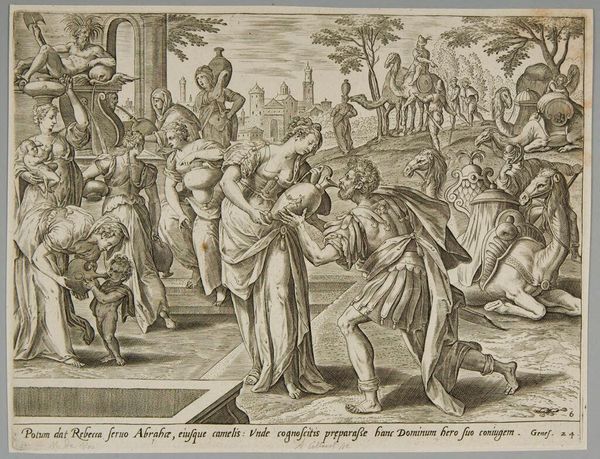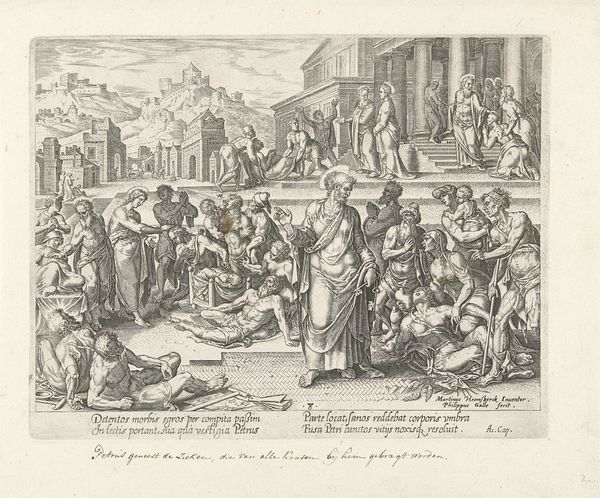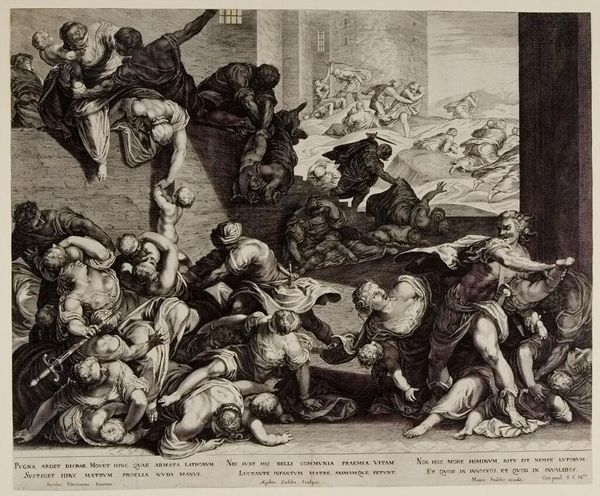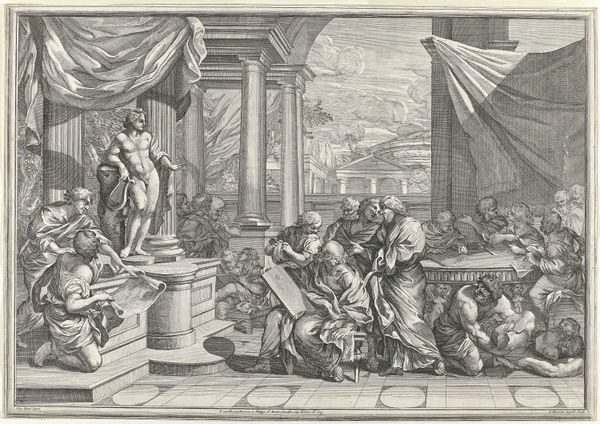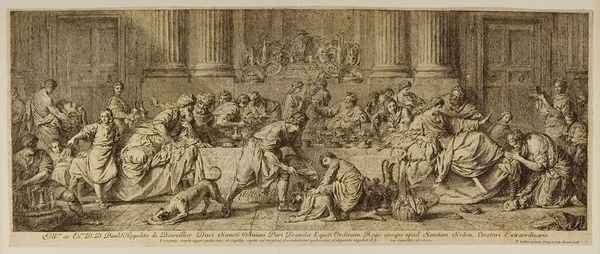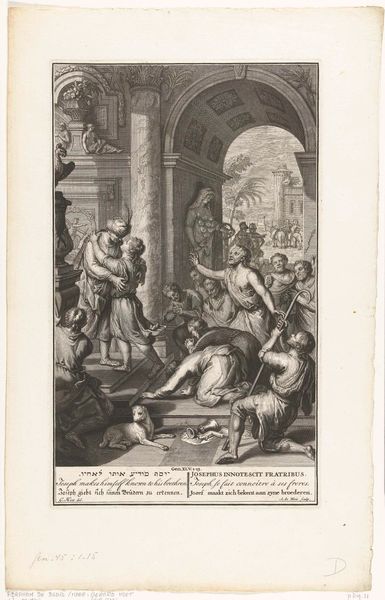
Plague of Aegina c. 17th century
Copyright: CC0 1.0
Editor: This is Gérard Audran's "Plague of Aegina," held at the Harvard Art Museums. It has a really unsettling, chaotic energy. What structural elements contribute to this feeling? Curator: Note how Audran uses contrasting light and shadow to create a sense of depth and drama. The composition, with its receding planes and multiple figures, guides the eye through the scene. Observe the use of diagonals to suggest movement and instability. Editor: So, the formal elements work together to underscore the chaos of the plague itself? Curator: Precisely. The engraving technique, with its precise lines, paradoxically amplifies the emotional intensity through stark visual contrasts. What does the architectural background contribute? Editor: It seems to juxtapose order and rationality with the breakdown of society. I hadn't considered that the technique itself could intensify the emotion. Thanks! Curator: You're welcome!
Comments
No comments
Be the first to comment and join the conversation on the ultimate creative platform.
